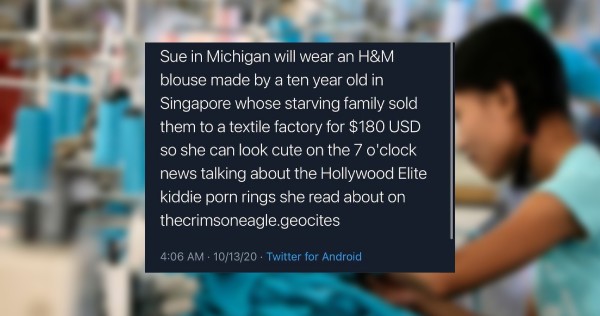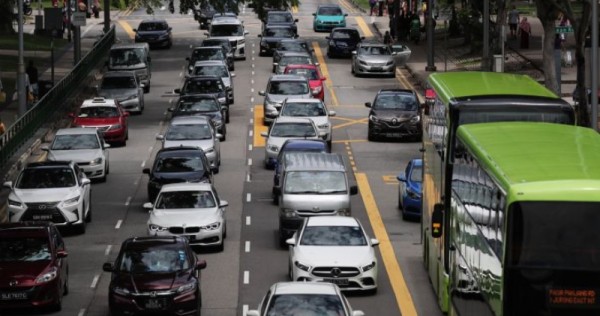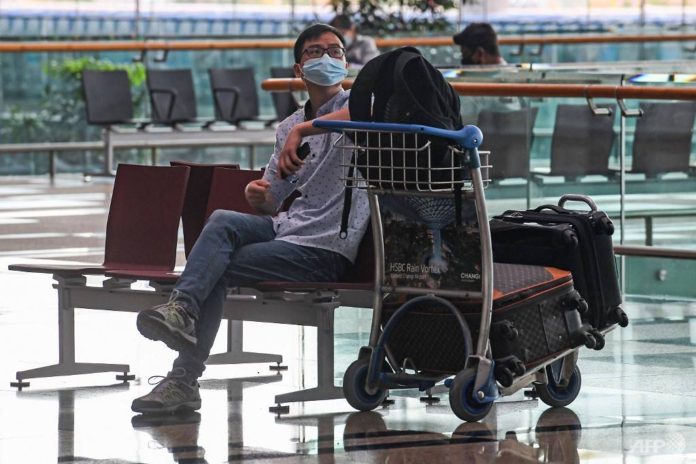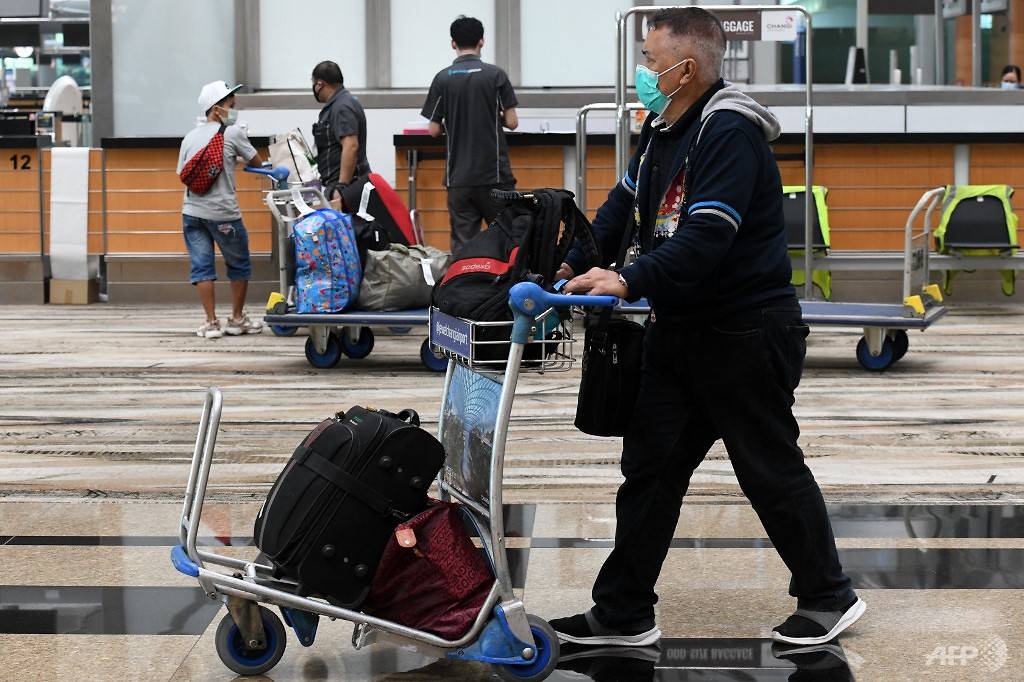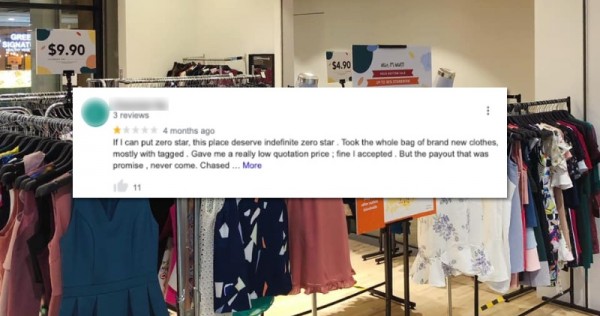SINGAPORE: A barrage of banners and posters screaming about bargains is usually a common sight at shopping malls along Orchard Road during the Great Singapore Sale (GSS).
But this year, discount signs bearing the familiar GSS acronym were largely missing along the country’s prime shopping belt as the annual sale extravaganza went online for the first time in its 26-year history amid the COVID-19 pandemic.
The “eGSS: Shop.Win.Experience”, as it was called, started on Sep 9 and ended on Oct 10.
Instead of having shoppers trawling the malls for bargains, deals from nearly 400 home-grown and global brands were made available on an online platform called GoSpree.sg.
One could download discount coupons and use them for in-store purchases, play online games to win prizes like gift cards, and watch livestreams on Facebook for exclusive deals.
There was also a virtual mall that replicated the look and layout of a real store. Called the Furniture Centrum, shoppers could move around and zoom in on furniture pieces by clicking their mouse or tapping their mobile phones.
READ: Great Singapore Sale to go online this year with ‘new norm’ shopping experience amid COVID-19 pandemic
Its organiser, the Singapore Retailers Association (SRA), told CNA that its GoSpree platform had more than 200,000 page views during the month-long event. More than 20,000 discount coupons were downloaded, and at least 4,000 redemptions have been made so far.
An average of 4,300 viewers tuned in for its six livestreams on Facebook, with the most popular featuring limited deals from Resorts World Sentosa chalking up 30,000 views.
It was not able to track overall sales, however, as shoppers were directed to the websites and online platforms of individual brands to make redemptions or purchases.
But going by other indicators, its organisers felt the inaugural virtual GSS was a “success”.
“We did not set any specific targets or benchmarks, except to help our local retailers go digital by putting in place new ways of doing business like virtual reality,” said SRA executive director Rose Tong.
“I must say, we had a very heartening response. For example, livestreaming was a new marketing trend that we wanted to share with our retailers and we are quite happy with the results.”
Amid the COVID-19 pandemic, the Great Singapore Sale was largely an online affair this year. Called the “eGSS: Shop.Win.Experience”, it started on Sep 9 and ended on Oct 10. (Photo: GoSpree.sg/Facebook)
Asked if the eGSS managed to attract shoppers in a hyper-competitive online shopping landscape, Ms Tong stressed that GoSpree is not an e-commerce platform.
“Anyone who wanted to go on an e-commerce platform would not go on GoSpree. We just wanted to augment retailers in their outreach and they saw us as an extension of their marketing efforts, especially during a pandemic like this.
“Considering that this is a relatively new platform and (having the GSS online) is new to us, I would say that we have held our own ground,” she added. “As the organiser, we would say it is a success.”
“GOOD EFFORT” TO GO ONLINE
With the pandemic spurring more to buy online and safe distancing rules still in place for brick-and-mortar stores, industry experts said having the GSS as a virtual affair was a step in the right direction.
“It was a good effort by the SRA (and it) demonstrated that the SRA has been trying hard to innovate, push beyond traditional practices and do the best they can for retailers amidst these tough times,” said Singapore Polytechnic School of Business lecturer Lim Xiu Ru.
The SRA organised this year’s GSS in collaboration with the Singapore Furniture Industries Council (SFIC), the Textile & Fashion Federation (TaFF) and, for the first time, the Association of Singapore Attractions (ASA).
Experts said the partnership of various trade associations is a good move. Roping in the ASA, in particular, was “timely” with Singaporeans encouraged to take a local holiday.
“After all, we are in October and approaching the year-end. I believe parents are starting to plan when and how to utilize their annual leave, and where to bring their family. So, this is a good move to feature local attractions as it also helps to generate buzz and excitement about the eGSS,” said Ms Lim.
READ: Retailers need to move away from traditional business model to survive: Chan Chun Sing
Mr Samuel Tan, course chair of the retail management diploma course at Temasek Polytechnic, said the wider selection of partners and involvement of influencers in the livestreams widened the appeal of the annual sale event.
Activities to attract shoppers were “more interesting”, he added, citing the livestreams with product demonstrations as an example. “(This) is certainly more interesting and appealing to those who surf the internet or are frequent online shoppers.”
Livestreams were also a hit among brands that CNA spoke with.
Yumi Active, for one, said it was excited to try out a new way of selling its activewear.
“This is a medium that we have never tried before and we wanted to tap on this opportunity to work with a professional team to see how livestreams can be done and how people will respond,” said the brand’s founder Diana Chang. “If we are doing this on our own, we wouldn’t know how to.”
The virtual furniture mall featuring products from 28 local brands also got a thumbs-up from industry experts.
“While it cannot exactly replicate the customer experience of browsing and feeling furniture, it serves to pique prospective customers’ interest and before encouraging serious buyers to head down to the physical showroom,” said Ms Lim.

The Furniture Centrum is an immersive virtual mall featuring 28 local furniture and furnishings retail brands. (Photo: Singapore Furniture Industries Council)
Rug and home décor supplier Living DNA said it had always wanted to dabble with virtual reality but was held back by considerations like cost.
“And putting so many stores together to recreate the feeling of a mall makes more sense. Doing it as a standalone might only attract those who already know who we are,” said its founder Denise Kaur.
“The Furniture Centrum was a platform that allowed us to explore virtual reality for the first time and it is something that we will continue to do so after the eGSS,” she added.
SFIC, the presenter of the Furniture Centrum, said it is encouraged by the response it has received.
The site received about 23,000 unique visitors and 87,000 page views during the eGSS, SFIC president Mark Yong told CNA.
“Another way we are measuring success is how we had more brands wanting to be part of the Furniture Centrum even when we were reaching the tail end of eGSS,” he said, adding that the virtual mall will stay open until next February.
“Our hope for the Furniture Centrum is to encourage our members to jump on the digital bandwagon. One of the beauties of this platform is that it allows us to analyse the data … and be able to tweak our strategy along the way, unlike what we do in the past for GSS where you make a plan and stick to it.”
READ: Tekka market stalls turn to live-streaming to sell fresh produce, as people stay home amid COVID-19
MIXED SALES RESULTS
Preliminary responses from some of SFIC’s members have indicated a pick-up in sales during the eGSS, although Mr Yong noted that there has also been more demand for home office furniture as people continue to work remotely.
Among retailers that CNA spoke to, home-grown jewellery brand In-trigue said it has “seen an increase in sales compared to previous months”. It decided to participate in the GSS for the first time due to challenges from the pandemic.
“Although it is not huge traffic (from the GoSpree platform), at least it has allowed for brand awareness,” it said in an emailed reply.
Local leather atelier Hides and Thread – another first-time participant of the GSS – said sales have increased by about 10 per cent.
“It is not much of an increase but we weren’t expecting one as our main objective to join the eGSS was to build brand awareness given how we are still relatively new to the retail scene,” according to its founder Jonathan Tan.
Skin Inc expected “a slowdown” this year but said it signed up for the eGSS partly to show support for the home-grown event.
“We do see some sales but it’s not as impactful as the previous GSS because of the economic situation. GSS has also been very focused on physical retail so this is a new experience (for consumers) who already have many other online sales festivals to buy from,” said its global brand manager Wang Yi Fan.
ASA said it saw “very mixed” results from its 14 members which took part in the eGSS this year.
The Singapore Flyer and Resorts World Sentosa were among the best-performing attractions in terms of downloads and redemptions of their discount coupons, said its chairman Kevin Cheong.
When contacted, a spokesperson from the Singapore Flyer said promotions for its various packages, such as the Premium Champagne Flight, were “very well-received by families and millennials”.
“We look forward to welcoming more locals at the Singapore Flyer, as well as the next GSS campaign.”
The Singapore Flyer. (Photo: Facebook/Singapore Flyer)
However Kiztopia, which was participating in GSS for the first time, said it “did not see any increase in sales”.
Said a spokesperson: “We would like to generate awareness and publicity for our brand, as well as to drive revenue, hence we decided to participate.
“The sales of the bundle (of four admission tickets at a discount of S$99) mainly came from our own database and we promoted it on our social media platforms, and not from the eGSS platform.”
Promotion fatigue, and Singaporeans waiting for more information about how to redeem their SingapoRediscovers vouchers from December could be reasons for this “very mixed” response, said Dr Cheong.
“Since the reopening, attractions on their own have been giving out discounts to lure visitors … there are too many promotions floating around,” he explained. “Also, people are waiting to redeem their SingapoRediscovers vouchers which gives them more reasons to put aside the decision making for now.”
WATCH: Local attractions to take part in upcoming Great Singapore Sale
AREAS TO IMPROVE ON
While the move online is a logical step to take considering the coronavirus restrictions, it takes the annual sale event, which in recent years have come under siege from the rise of e-commerce, right into the home-ground of its toughest competitors.
Experts and participating brands said more could have been done to publicise the eGSS this year, in the face of the stiff competition.
Some consumers like Ms Jess Lim agreed: “I did not know there was a GSS going on.”
Citing her familiarity with other e-marketplaces which have regular sales, she added: “Even if I miss this (eGSS), I know there’s another sale on Oct 10, Singles’ Day and Black Friday on the other platforms.”
More aggressive marketing efforts could include “a stronger push” on social media, or higher visibility of the annual event at public spaces or on traditional media platforms, said Mr Tan from Temasek Polytechnic.
When asked, SRA said it was “constrained by budget” and its team was already working against time to get the event up and running.
The business association had said in May that it would not be organising the GSS this year in light of the COVID-19 pandemic, but reversed the decision in late June due to “popular demand” from retailers.
“We would have appreciated a longer lead time as we had less than 2 months to prepare when we launched in September,” said Ms Tong.

One of the many pages featuring local fashion products from the Fashion LookBook. (Photo: Textile & Fashion Federation)
Ms Lim from Singapore Polytechnic suggested some improvements be made to make GoSpree “more integrated” so as to enhance shoppers’ experience.
Citing how individuals need to download coupons from GoSpree before using them for purchases at a later date, she added: “Perhaps in time to come, as part of incremental development, the website can provide visitors with a more integrated experience.
“Usually, we see drop-out rate at every phase of the customer journey whenever visitors are directed to another interface, especially when they are required to create an account.”
SRA could also consider incorporating location-based services and search functionality to its platform.
While the GoSpree platform allows users to search by categories, one will have to scroll through a long list to find deals. Most people would be more interested in deals within their vicinity, said Ms Lim.
She added that this was “an opportune time” for SRA to try out something new.
“This could also provide an opportunity for the organisers to test out responses from this year’s e-GSS, consider incremental developments and preparing shoppers for next year’s e-GSS.”
THE NEXT GSS
Asked about how the GSS might be like next year or in the longer term, Ms Tong replied that it will likely be a hybrid concept with both online and offline elements.
“Online retail helps in terms of outreach and marketing but it can never overtake or replace an offline business,” she said.
“So I think brick-and-mortar is here to stay. People still need their retail therapy and they’ll want to do more than just swiping their fingers.”
Retail experts like Mr Tan suggested that the GoSpree platform should be promoted more regularly.
“For GoSpree to serve as an effective marketplace which attracts buyers, one must be more sustaining in terms of its monthly offerings,” he said.
“Even if they are not fully accepted, recognised and perceived by local shoppers as an attractive e-buying shopping destination, this market platform cannot be seen as a short-term one.”
READ: About 3,600 opportunities in retail sector offered under SGUnited Jobs and Skills programme: MOM
Dr Cheong from ASA said being part of the eGSS has been an interesting experience for attraction operators – many of whom are still at the initial phase of going digital. Operators will also have to start thinking hard about how to tweak their offerings in order to attract the local crowd.
“Nobody would go on a platform with just attractions so working together with the various industries is the way to go,” he said.
“But on our part, we have to think through our resident market strategies as having sale after sale is clearly not going to work. We need to plan and give locals reasons to keep visiting us.”
As for retailers, the GSS must be more than a price-slashing event.
Ms Chang from Yumi Active cited the Fashion LookBook launched as part of the eGSS this year, where local fashion labels and heritage sites were given the spotlight.
“This concept is refreshing. If there are more concepts like these that tell stories about a retailer or an attraction and that is more than just discounts, then my answer (to whether my brand will join GSS again) is yes,” she said.
BOOKMARK THIS: Our comprehensive coverage of the coronavirus outbreak and its developments
Download our app or subscribe to our Telegram channel for the latest updates on the coronavirus outbreak: https://cna.asia/telegram
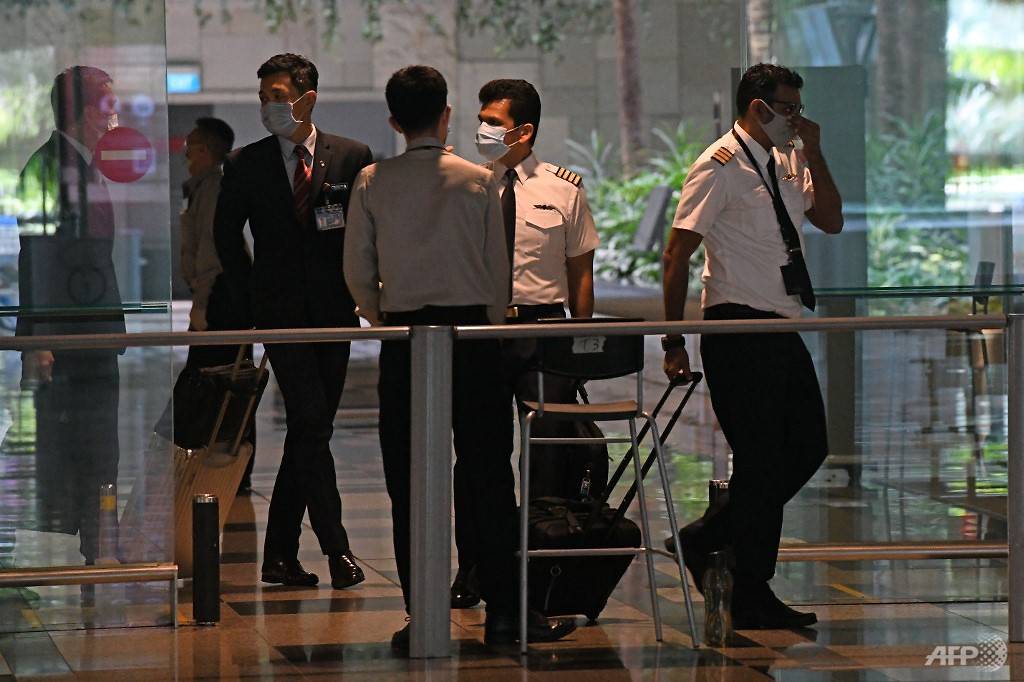
.jpg)
